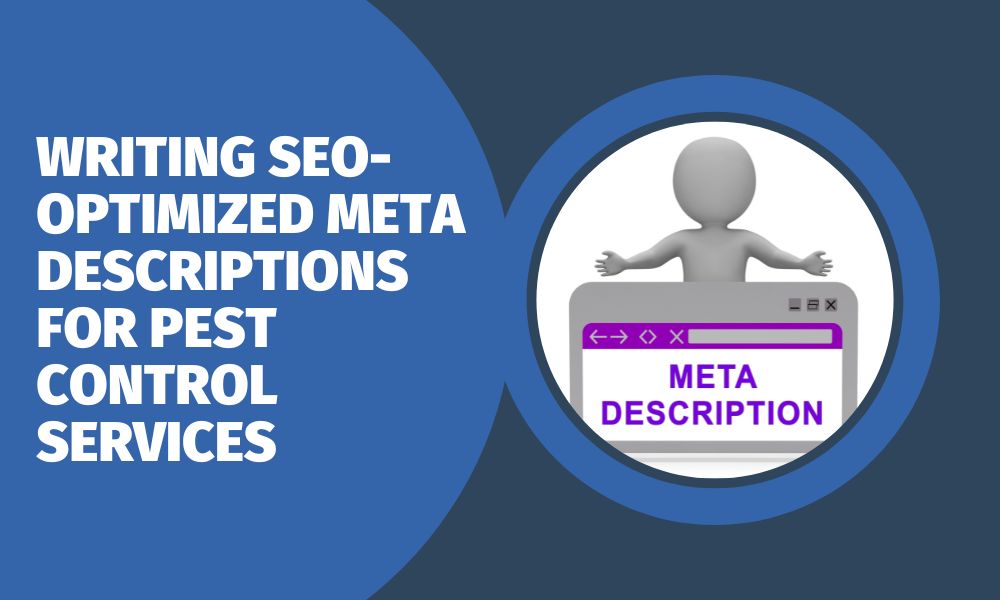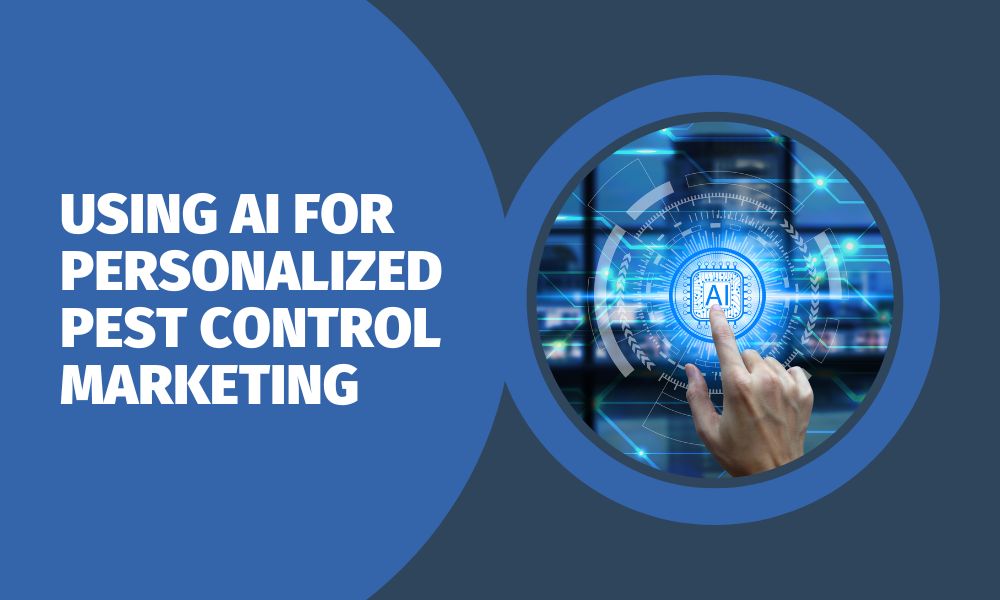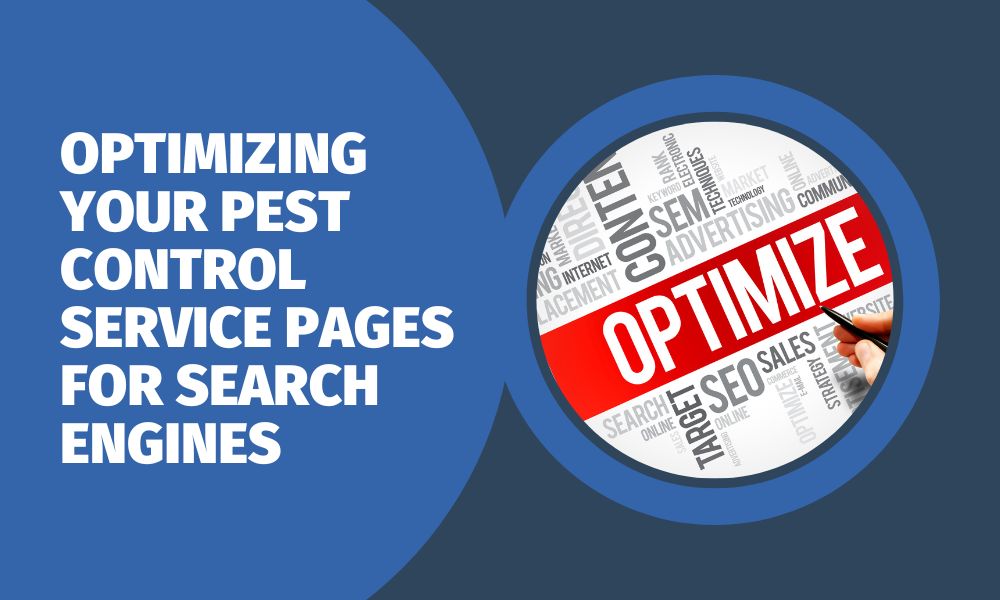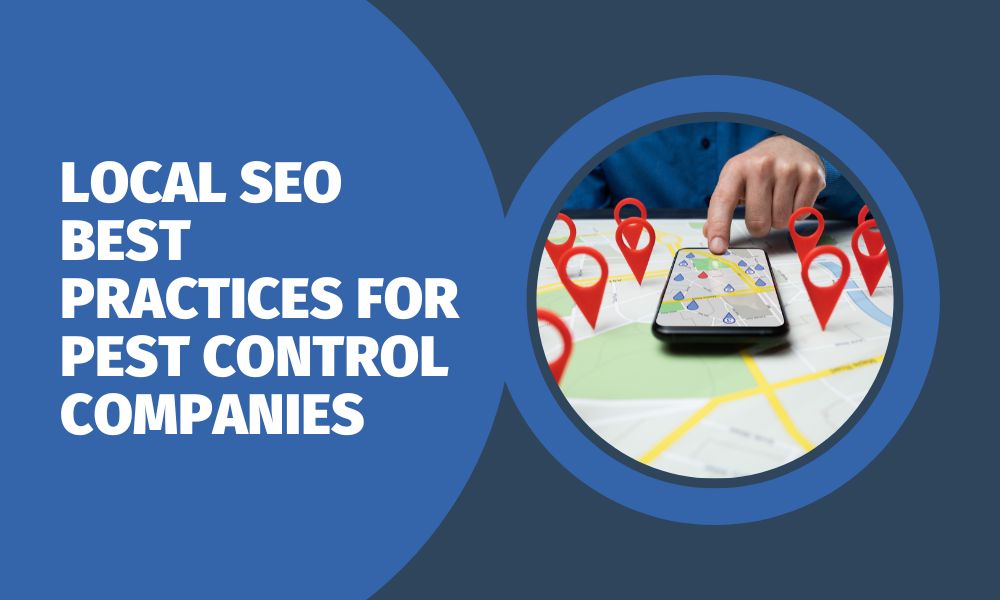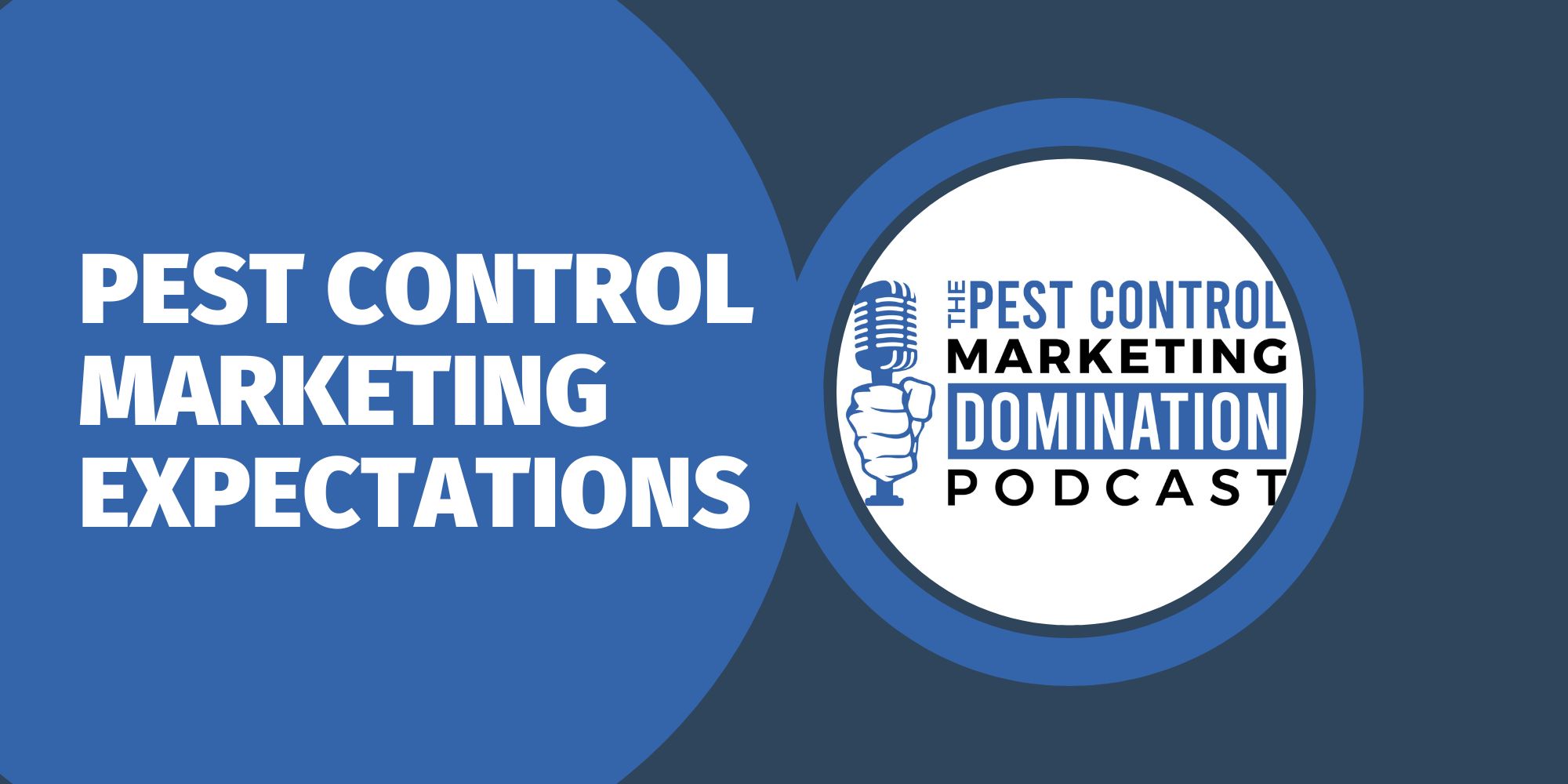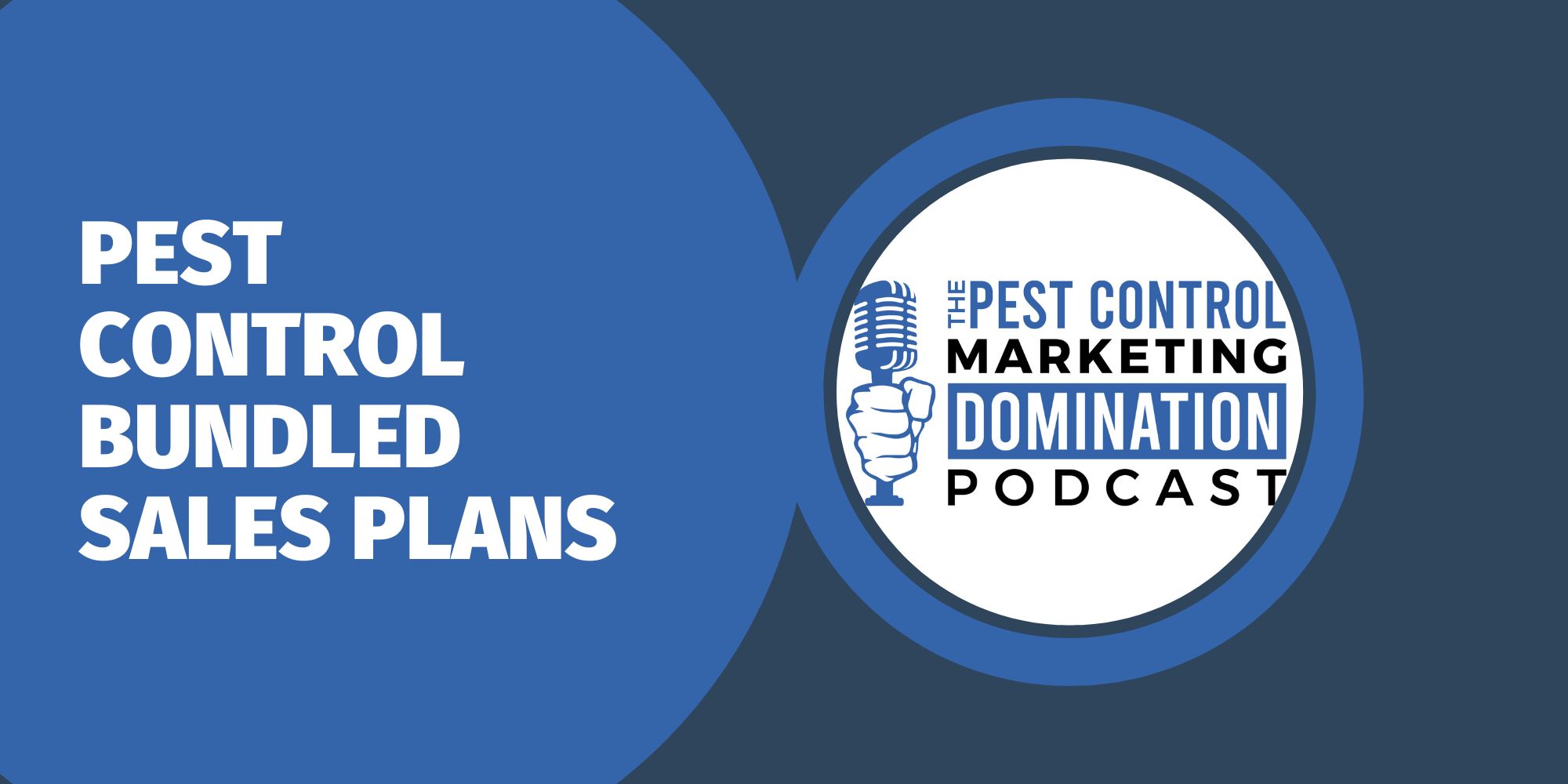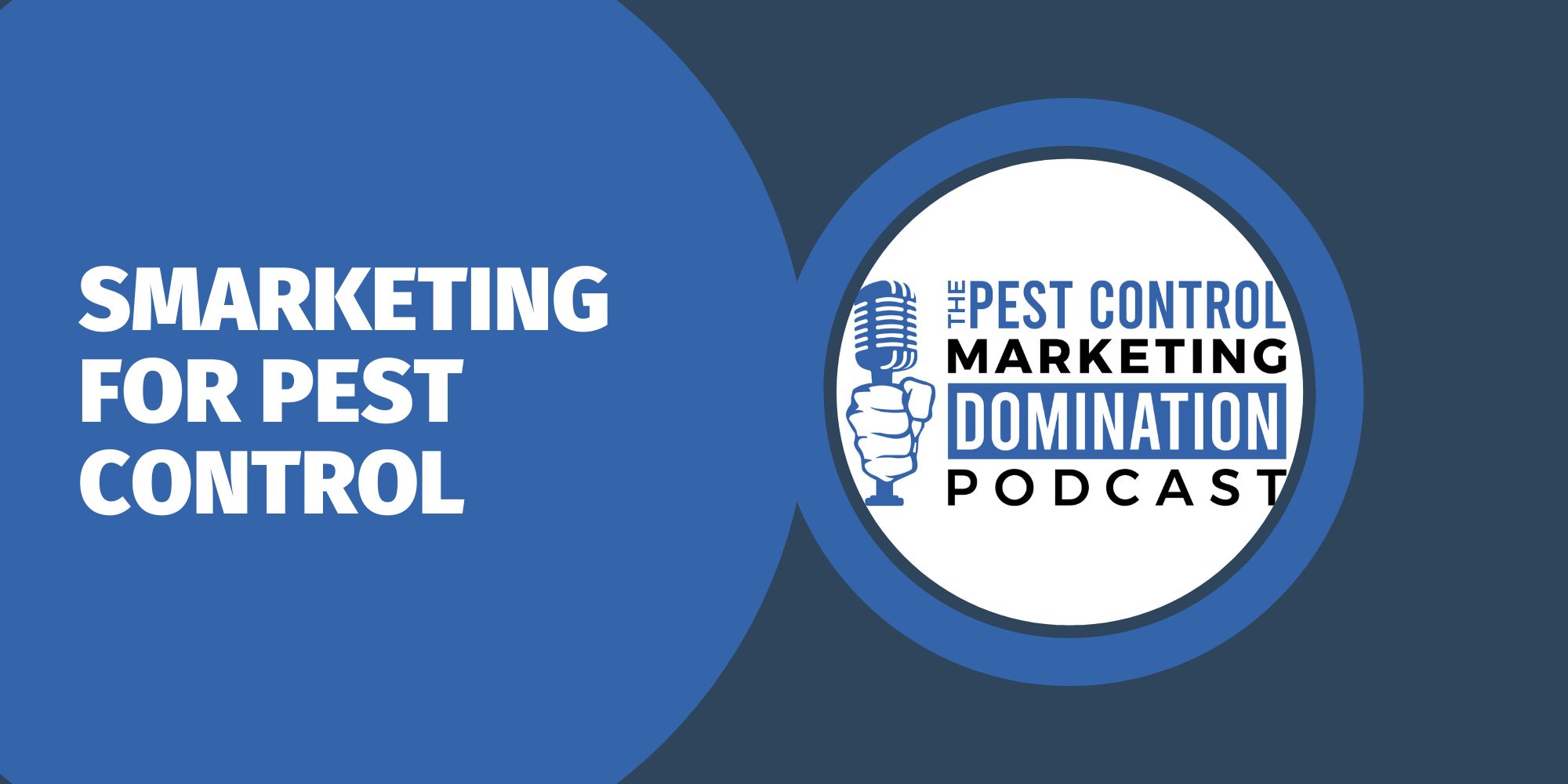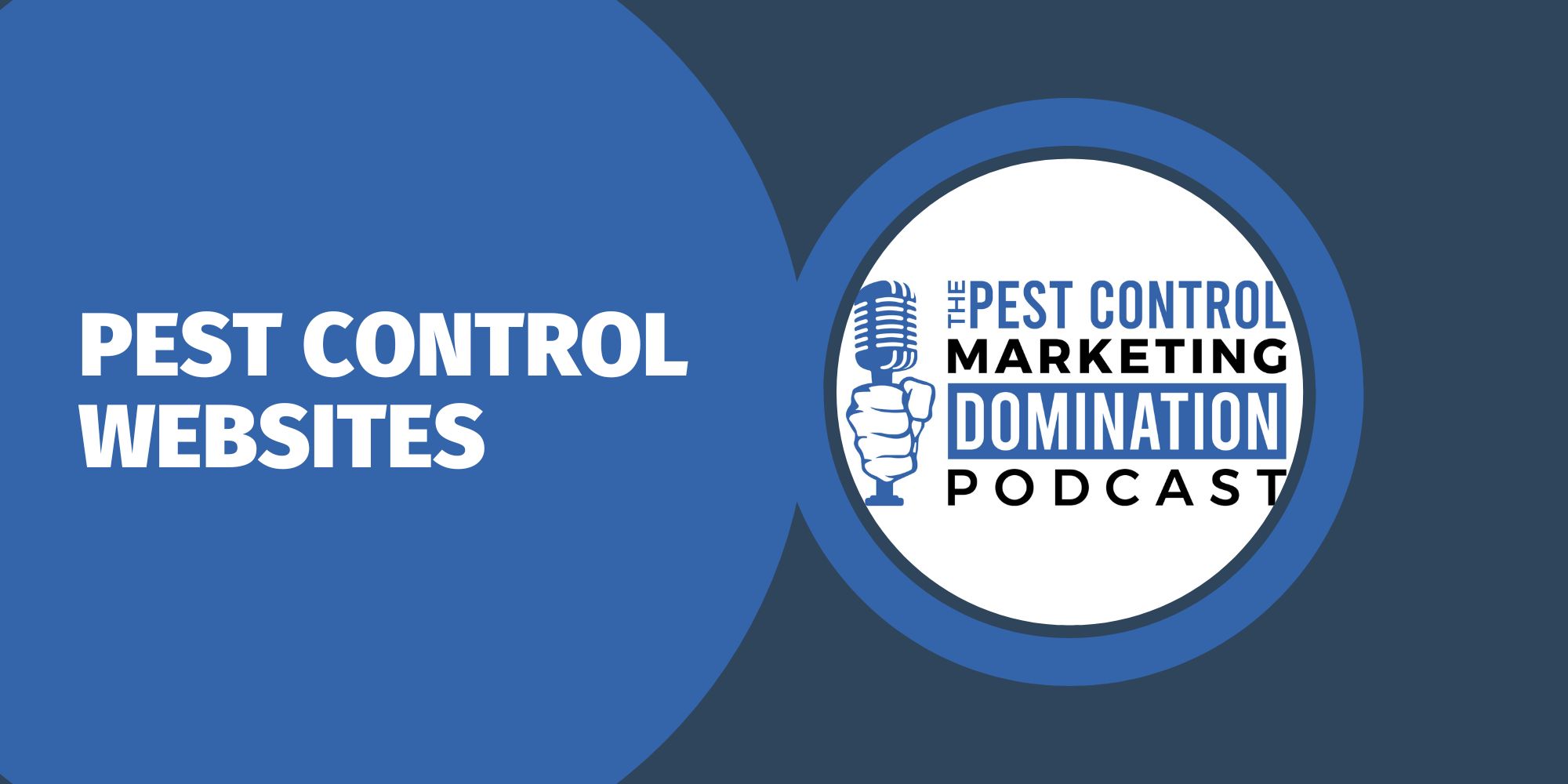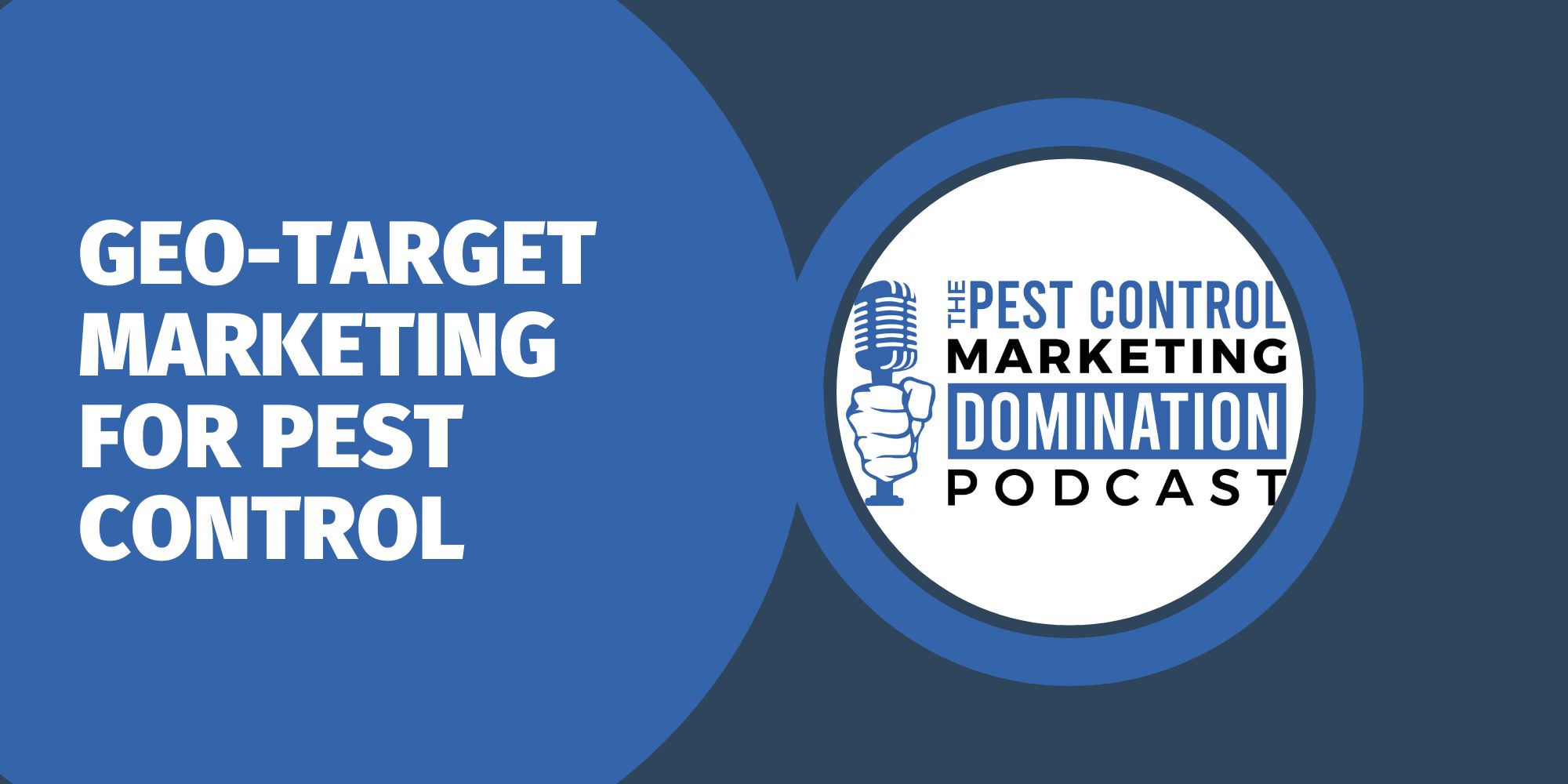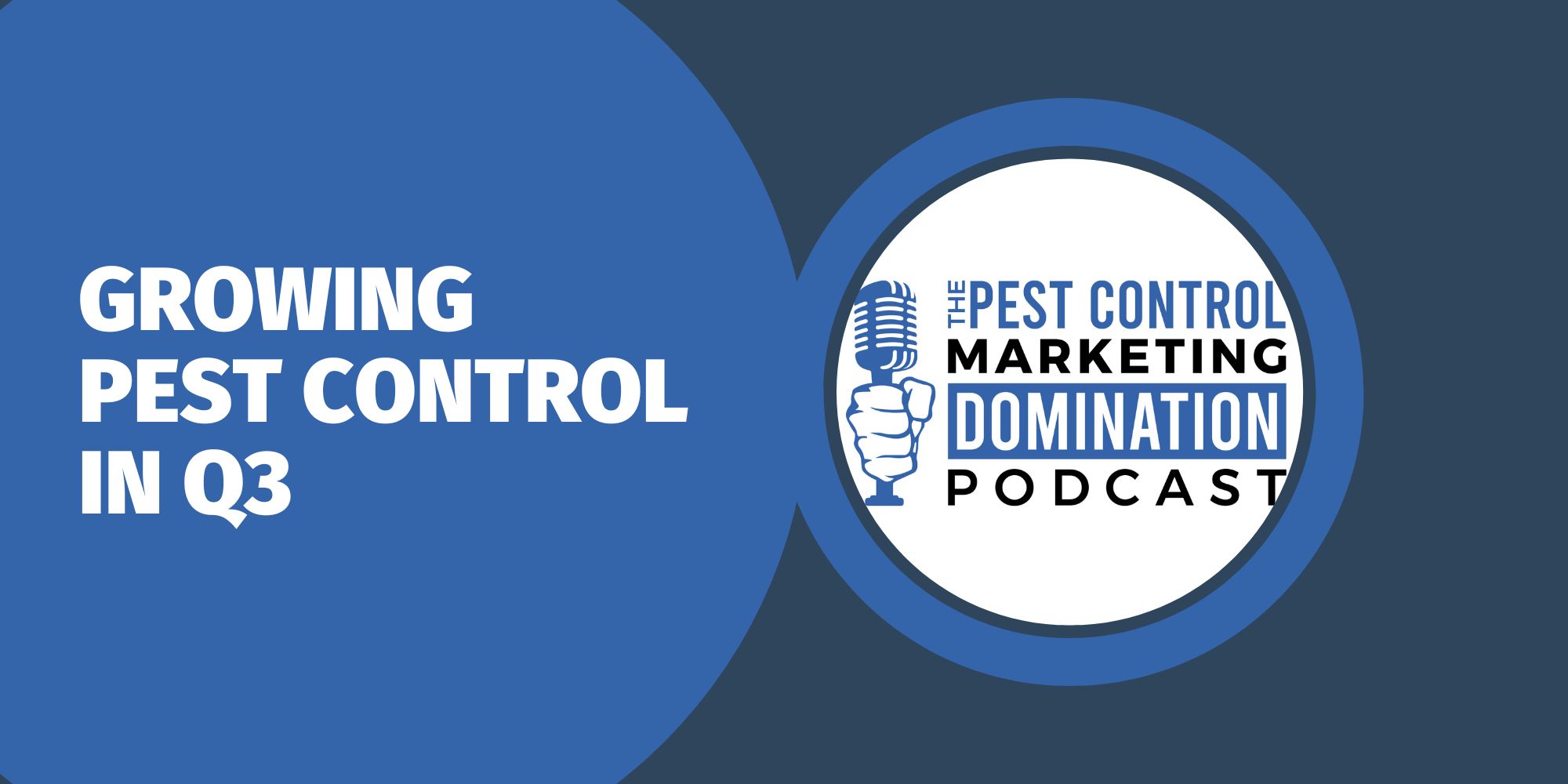Pest control is an essential service for homeowners, restaurants, hotels, and other businesses. Convincing someone who has a termite or roach infestation to hire a professional to eliminate their problem is (theoretically) simple. However, despite your best sales efforts, you might be experiencing a lower-than-desired conversion rate. According to industry benchmarks, pest and rodent control services should see a conversion rate of about 40-50%.
Of course, there are a lot of elements that come into play that could drive this conversion rate higher or lower such as customer trust, branding perceptions, number of competitors in your market, pricing, or anticipated value. If you feel like your sales efforts are going nowhere, it’s essential to explore various factors that might be influencing this and implement actionable solutions to enhance your sales strategies.
1. Articulating a Clear Value Proposition
Part of the challenge with low sales conversion could be a result of assuming that your customers understand your value proposition. When your unique selling points, whether they be eco-friendly methods, rapid response times, or satisfaction guarantees, are not clearly communicated across various marketing channels, potential customers may struggle to discern what sets your pest control services apart from the competition.
Your lack of sales might not be that your product or service is bad; it might simply be that your competitors are doing a better job demonstrating why their company is better or different than yours. Crafting a compelling narrative around what makes your services unique is essential to positively impacting customer perception and driving conversions.
2. Optimizing Your Online Presence
We live in a digital world. Today, over 90% of consumers look online when searching for local businesses like pest control services. Having an outdated or poorly optimized website can negatively impact your online visibility, hindering your ability to reach potential customers effectively. Since many of these searches go to business directories like Yelp and Google, missing or incomplete information could send the message that you don’t have a professional and polished business. Investing in a professional website, implementing SEO best practices, and maintaining an active social media presence can significantly enhance your online visibility and engagement, contributing to a more robust conversion strategy.
3. Building Trust Through Reviews and Testimonials
Trust is a cornerstone of any successful business, and pest control is no exception. Negative reviews or a lack of testimonials can erode trust in your services. The reality is that people want to work with businesses that have a good reputation for providing excellent services. Positive customer reviews are a great way to demonstrate that others have had a great experience with your company. If your pest control business doesn’t have a lot of online reviews (or worse, a lot of bad reviews), you may need to put some effort into actively encouraging satisfied customers to leave positive reviews, addressing negative feedback professionally, and prominently displaying testimonials on your website. This can go a long way in building trust with potential customers.
4. Diversifying Marketing Strategies
Marketing strategies play a pivotal role in attracting and retaining customers. If your marketing efforts are not effectively reaching your target audience, it’s time to evaluate and diversify your approach. Incorporating digital marketing, forming local partnerships, and utilizing targeted advertising are strategies that can help you reach potential customers more effectively, aligning your efforts with the preferences of your audience.
5. Transparent Pricing Models
Pricing can be a significant factor influencing conversion rates. If your prices are too high or you have unexpected fees, this can act as a deterrent to new customers. Clearly outlining your pricing structure and considering promotions or discounts to attract new customers can make your services more appealing and transparent.
Take some time to better understand how much your competitors are charging. You don’t have to be the cheapest service provider in town. However, the value your customers receive needs to justify the price. Customers are often willing to pay a little more as long as they are getting something in return.
6. Establishing Trust for Newer Businesses
Longstanding pest control businesses have a much easier time establishing trust with customers in their operating area. For consumers, there is some risk associated with working with an unknown or unfamiliar company, especially when they are inviting you into their private residences. For newer pest control businesses, establishing trust is critical. Showcasing industry certifications, highlighting the expertise of your technicians, and maintaining honest and transparent communication are essential steps in building credibility. A trustworthy image is foundational for attracting and retaining customers in the highly competitive pest control industry.
7. Improving Your Sales Processes
Despite having a proven track record, professional looking brand, and competitive pricing, sometimes your sales approach could be the issue with low conversion rates. Many pest control business owners are self-taught when it comes to sales. Poor sales training can lead to sales approaches that come off as sloppy or too aggressive. Whether you are an owner-operator or have a sales team, investing in comprehensive training for your sales team, emphasizing customer-centric approaches, and ensuring effective communication throughout the sales process are crucial for improving customer satisfaction and conversion rates.
8. Expanding Service Offerings
Offering a comprehensive suite of services can attract a broader range of customers and contribute to a more robust conversion strategy. If you only offer basic pest control, you could be missing out on the opportunity to generate more sales by offering more such as preventative measures, ongoing maintenance plans, or specialized solutions for specific pest problems. Pay close attention to the needs of your local market. For example, if a large number of people in your area are pet owners, you might be able to increase your conversion rate by offering pet-friendly pest control alternatives.
9. Update Your Branding
The appeal of your branding can significantly impact customer perception. If your branding doesn’t resonate with your target audience, consider refreshing it. Evaluate your logo, colors, and messaging to ensure they align with your target market. A well-crafted and consistent brand identity can influence how your business is perceived, contributing to a positive and memorable customer experience. Don’t be afraid to engage a professional marketing team to provide recommendations to enhance your brand.
10. Consistent Follow-Up Strategies
Closing a sale rarely happens during your first interaction with a potential customer. Consistent follow-up is vital in ensuring potential leads don’t slip through the cracks. It’s important to establish a systematic follow-up process, utilizing methods such as email campaigns or phone calls to stay in regular contact with potential customers. Proactive follow-up can address concerns, build trust, and keep your services top-of-mind. Just be mindful that you aren’t contacting them too frequently as this can lead to frustration or asking to be removed from your contact list.
Maximize Sales Generation Through Optimized Conversion
As a pest control business owner, it might be difficult to identify where you are going wrong in your sales process. After all, it can be hard to criticize and critique yourself. We all have blind spots when it comes to professional improvement. At Rhino Pest Control Marketing, our team of professionals have years of experience in helping pest control companies identify gaps and pitfalls in their sales process. By working with our team, you can get an outside perspective on what is and isn’t working and receive practical and comprehensive guidance on steering your sales conversion metric to new heights.










